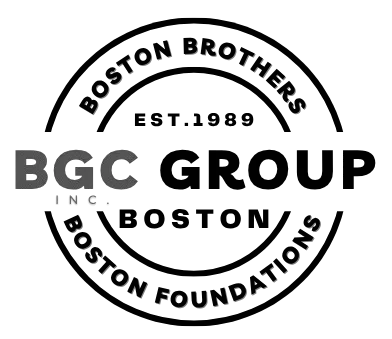Water leaks in commercial buildings can cause extensive damage if left undetected. They may compromise structural integrity, ruin flooring and ceilings, increase utility costs, and even create health hazards from mold growth.
Identifying leaks early is crucial for protecting property, assets, and the safety of occupants. By understanding the common signs and using practical detection methods, building managers can address leaks before they escalate into expensive repairs.
Monitor Water Bills for Unexplained Increases
A sudden spike in your water bill can be one of the first indicators of a hidden leak. Regular monitoring helps pinpoint issues before they become severe.
- Compare monthly water bills to historical averages.
- Investigate unexplained spikes in consumption.
- Track seasonal changes that may affect water usage to rule out normal fluctuations.
An unexplained increase in water usage often signals leaks within pipes, fixtures, or irrigation systems. Acting promptly can prevent further waste and costly damage to your building.
Inspect Visible Pipes and Fixtures
Regular visual inspections of plumbing systems are essential for early leak detection. Small leaks often start in inconspicuous areas.
- Check under sinks, behind walls, and around exposed pipes for moisture or corrosion.
- Look for dripping faucets, loose connections, or pooling water.
- Inspect ceilings and walls for stains or discoloration that indicate hidden leaks.
Identifying leaks visually can save time and reduce damage before it spreads. Routine inspections should be part of a building maintenance schedule.
Listen for Unusual Sounds
Sometimes leaks are not visible but can be detected audibly. Listening carefully in quiet areas can reveal hidden issues.
- Pay attention to hissing, dripping, or running water sounds.
- Listen near water heaters, boiler rooms, and mechanical areas.
- Investigate any noises coming from ceilings, walls, or floors that suggest water movement.
Auditory detection helps identify leaks behind walls or underground pipes. Early recognition can prevent water from reaching sensitive equipment or structural components.
Use Moisture Detection Tools
Advanced tools can help pinpoint leaks that are not immediately visible or audible. These devices improve accuracy and efficiency.
- Infrared cameras detect temperature differences caused by water presence.
- Moisture meters measure dampness in walls, floors, and ceilings.
- Leak detection sensors can alert facility managers in real time to unusual water accumulation.
Technology-assisted inspections ensure that even hidden leaks are identified quickly. Using these tools can save both money and time by preventing severe water damage.
Look for Signs of Structural or Environmental Damage
Leaks often manifest as indirect damage to building materials and the environment. Observing these signs can indicate the source of water intrusion.
- Check ceilings and walls for stains, peeling paint, or bubbling wallpaper.
- Look for warped flooring, swollen wood, or damp carpets.
- Watch for mold growth, musty odors, or persistent dampness in specific areas.
Recognizing environmental cues allows for early intervention before leaks compromise structural safety. Corrective measures taken promptly prevent prolonged exposure and extensive repairs.
Act Quickly to Protect Your Commercial Property
Identifying water leaks early in a commercial building is vital to maintaining safety, functionality, and asset protection. By monitoring water bills, inspecting pipes and fixtures, listening for unusual sounds, using detection tools, and observing signs of environmental damage, building managers can detect leaks before they cause major issues.
Prompt action not only prevents structural damage but also reduces repair costs, protects equipment, and safeguards the health of occupants. Early detection and proactive maintenance are key to preserving the value and integrity of your commercial property.
